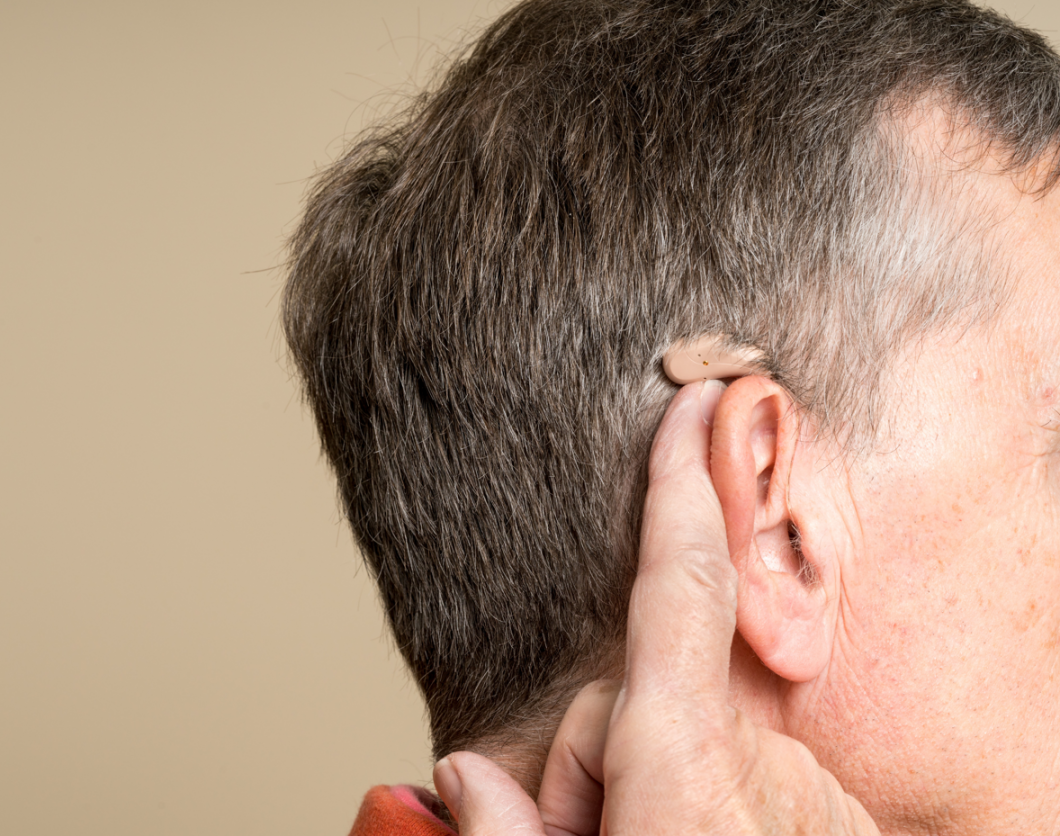These days, there are all sorts of medical technologies available to help make living easier for people. From wheelchairs and prosthetic limbs to hearing aids and cochlear implants, there is a lot that can be done to help those with physical challenges. And new technologies are being developed all the time. So whatever your challenges may be, there is likely something out there that can help make your life a little bit easier. Let’s take a look at some of the different options that are available.
Cochlear Implants for the Hearing Impaired
Cochlear implants have enabled the hearing impaired to hear sounds and tune in to the beautiful world around them. Developed back in the 1970s, this tiny electronic device is surgically inserted into the inner ear and connects directly to auditory nerve fibers, allowing sound signals to bypass damaged portions of the ear and reach the brain. The combination of a microphone, speech processor and electrode array gives an implant-user access to languages they once thought they would never hear. Furthermore, this groundbreaking technology has opened up a range of previously inaccessible career opportunities. Cochlear implants have revolutionized the way we think about hearing impairment, offering a lifeline to millions of people around the world.
Hearing Aids for Everyday Aid
While cochlear implants are amazing, the cost of surgery can impede all who are hearing-impaired. Hearing aids have been a miracle for people with auditory deficiencies for years, and the technology has only improved over time. They are highly effective at amplifying sound, helping to restore the hearing of those who may suffer from mild to moderate hearing loss. Aside from providing a way to clearly hear conversations and other sounds, they recently were approved to be sold over the counter instead of through diagnosis and prescription. As well, with improvements in microphones, hearing aids no longer need to be visible and overt to be useful; with the proper sizing, you can get an aid that’s invisible to all but the closest scrutiny without compromising sound quality. If you’ve found yourself struggling to hear as well as you used to, then perhaps it’s worth trying out a set of hearing aids.
Pacemakers for People with Heart Conditions
Pacemakers have been life-changing for people with heart conditions. A pacemaker can monitor and regulates the beating of a person’s heart by emitting small electrical pulses. Pacemakers can be used to treat many kinds of dangerous heart arrhythmias, such as atrial fibrillation or ventricular tachycardia, allowing people to live a better quality of life. In addition, with the help of modern advancements, pacemakers are now much easier to install than ever before and are more efficient in their operation. Pacemaker technology is truly remarkable and has helped many regain control over their hearts despite a potentially deadly situation.
3D-printed prosthetics
Advances in medical technology have directly improved the quality of life for countless people, and 3D-printed prosthetics are an inspiring example. Truly remarkable pieces of technology, these prosthetics are crafted with precision and detail by specialized machines which can create a number of remarkable results that enhance the lifestyles of many. Not only do these printed prosthetics look similar to their natural counterparts but they also provide comfort and support that emulates the touch and feel of human skin. Thanks to modern medical technology, people who require prosthetics no longer have to suffer from compromised mobility or lack of physical sensation–3D-printed prosthetics are revolutionizing lives around the globe.
Virtual Reality technology in physical therapy
Virtual Reality technology is revolutionizing the way physical therapy and rehabilitation work is done. Through its immersive simulations, it allows patients to practice movements while in a virtual environment, with greatly reduced risk of accidents or injuries. It also offers an unprecedented level of customization and scalability, meaning that providers can tailor exercises to meet each individual’s needs, as well as quickly changing demands of their particular case. This technology has opened up new possibilities in how physical therapy is delivered and is helping clients reach their goals at an accelerated pace.
Diagnostic tools such as MRIs and CAT scans
Medical diagnostic technologies, like MRIs and CAT scans, have revolutionized the way doctors approach diagnosing and treating illnesses. These scanning tools are capable of providing detailed images of the inside of the body to help medical professionals identify issues within organs and provide an accurate diagnosis. With high-definition images that can even detect slight abnormalities, MRIs and CAT scans give doctors valuable insight into underlying problems they otherwise would be unable to find. People around the world have benefited from this incredible technology and its ability to detect illnesses quickly and determine appropriate treatment options in a timely manner.
While each technology mentioned in this article has made great leaps and bounds in its respective field, it is clear that there are still some technological challenges to overcome before they can become mainstream. Nevertheless, the potential for these technologies to improve the quality of life for so many people is immense, and we can only wait with bated breath to see what further medical marvels await us in the future.

